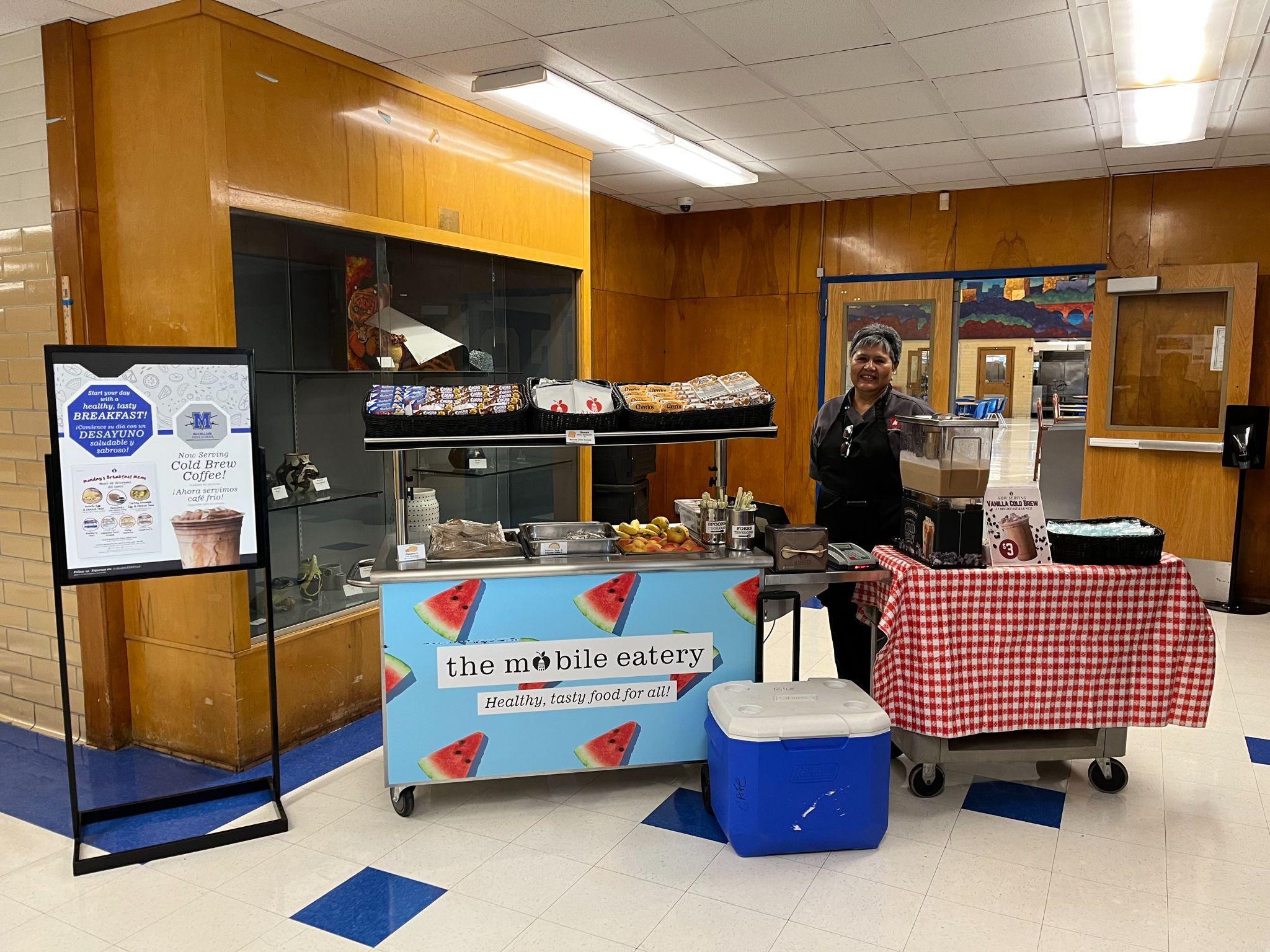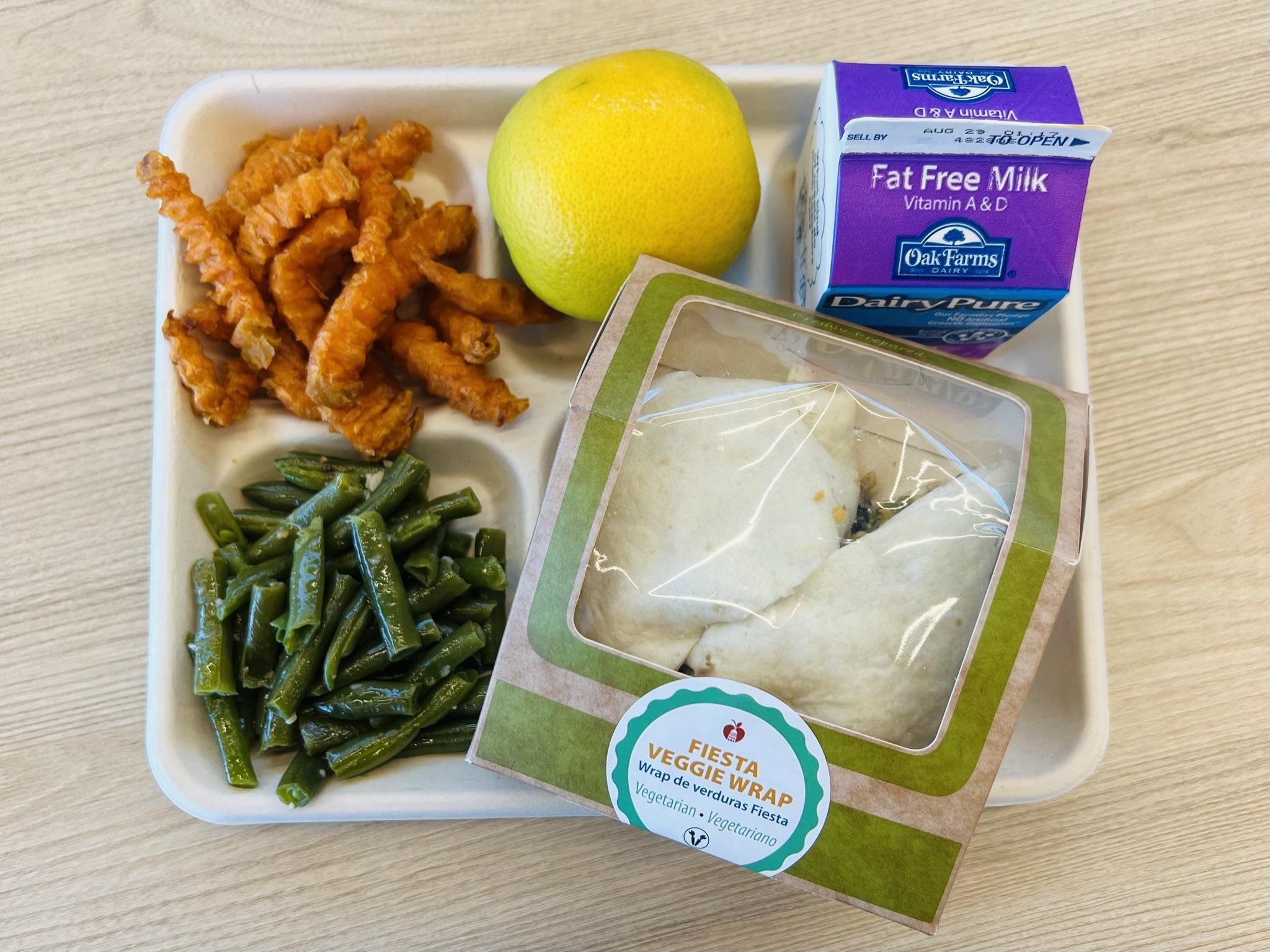Austin Independent School District
In Austin, like with many urban school districts, maintaining a positive student experience means considering what can be done at scale as well as how to distribute and disperse meal service options across large campuses. “When you have a campus of 2,000 to 3,000 kids, and they're in class all the way across campus, are they going to make the trek across campus to even come to the cafeteria?” says Lindsey Bradley. To make meals accessible, they’ve invested in satellite service – kiosks of varying complexity and vending machines that serve reimbursable meals at different locations across campus. They’ve instituted breakfast after the bell in many schools and are trying to bring the spirit of that program into lunch service through grab-and-go kiosks positioned strategically around campus.

Austin ISD also gives students ample variety and choice, with four-week lunch cycles per season and more self-serve models. “This not only gives our students more autonomy while building real life skills, it also moves away from traditional institution-style meal service and helps reduce waste.” While self-serve was introduced to address new sustainability requests, the team has found that it has done more for the students and schools than just reducing waste.
The menus in Austin reflect an emphasis on scratch cooking, global flavors, local produce, and plant-based options. The goal is both to showcase flavors and dishes the diverse student body recognizes while introducing an array of flavors and dishes to those for whom pupusas or channa masala might be new. Cafeteria teams prepare samples of new dishes, sharing them in the cafeteria with both students who regularly eat lunch and those who do not. They even take samples to the front office and teacher’s lounge. “It’s a balancing act. We want to keep participation high, have the kids eat and enjoy the food, and we also want to introduce new foods they don’t typically have at home or that are prepared in a different way.” Surprise hits include roasted okra, lentil chili frito pie, and baba ganoush with local eggplants.

“I didn’t think it would be possible in a big district to adjust our menus quickly in response to student feedback. We serve 65,000 meals a day. Our menus are created a year in advance and lots of our products are already in storage” says Bradley. But the team has been paying closer attention to daily participation rates in addition to taste testing and have been able to adapt menus slightly based on where they see an uptick in demand and where they have some remaining flexibility in the warehouse and orders from vendors. For example, they switched out a fish mac and cheese for a turkey sandwich after the lackluster performance of the former.
Bradley highlights the importance of keeping staff excited and engaged in the mission so that they can keep students informed and interested in meals and new dishes. Recently they organized a short retreat for some of the cafeteria staff to visit a farm supplying the school district. “This was one of the best investments we’ve made. Participants raved about the experience and the opportunity to learn where the food they were preparing was coming from.”